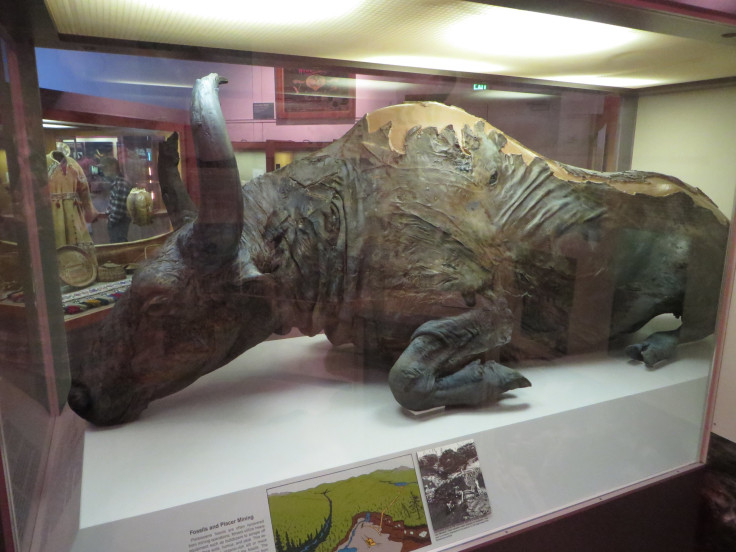Wild Bison To Be Introduced Into Kent Woodland To Restore Habitat

KEY POINTS
- A small herd of bison will be introduced under the $ 11, 29,650 project to restore habitat
- Experts are looking to save the endangered species by means of natural breeding
- Experts: Bison can perform the job of restoring wildlife in far better ways than other animals
UK’s Kent woodland is to be introduced with a herd of wild European bison as part of a wildlife and habitat restoration project, local conservationists said.
Kent Wildlife Trust and the Wildwood Trust are jointly leading the $ 11, 29,650 project in which four bison will be kept in a 500-hectare fenced enclosure at Blean Woods near Canterbury alongside other grazing animals to create a varied habitat.
The planned move will take effect anytime between March and May in 2022, when the bison, the closest living relative of ancient steppe bison that roamed Britain, will be released into the wilderness, BBC reported.
Authorities will initially release one male and three female bison to facilitate the increase of the herd by means of natural breeding, noting that each female can produce a baby bison per year. The bison will be hauled from Netherlands or Poland where releases have yielded successful results, according to The Guardian.
Bison tend to eat the thick bark of selected trees which causes them to fall, thereby creating space and light for other native plants to thrive. It also helps produce deadwood wherein fungi and insects, the common bird food, prosper. The trust said the bare earth patches created by bison "dust bathing" will allow living space for lizards, burrowing wasps, and rare arable weeds, while nightingales and turtle doves will also benefit from the "ecosystem engineering."
"The Wilder Blean project will prove that a wilder, nature-based solution is the right one to tackle the climate and nature crisis we now face. Using missing keystone species like bison to restore natural processes to habitats is the key to creating bio-abundance in our landscape," The Guardian quoted Paul Hadaway, Director of Conservation of Kent Wildlife Trust, as saying.
The European bison is the continent’s largest land mammals, with adult males weighing as much as a tonne. They are largely peaceful and capable of doing a far better job in restoring the habitat than other species, according to the experts.
The bison enclosure will be soon open to visitors who will be able to catch a glimpse of the animals with rangers from a viewing platform.
People's Postcode Lottery Dream Fund in the U.K. is the provider of funds for the project.
© Copyright IBTimes 2024. All rights reserved.






















